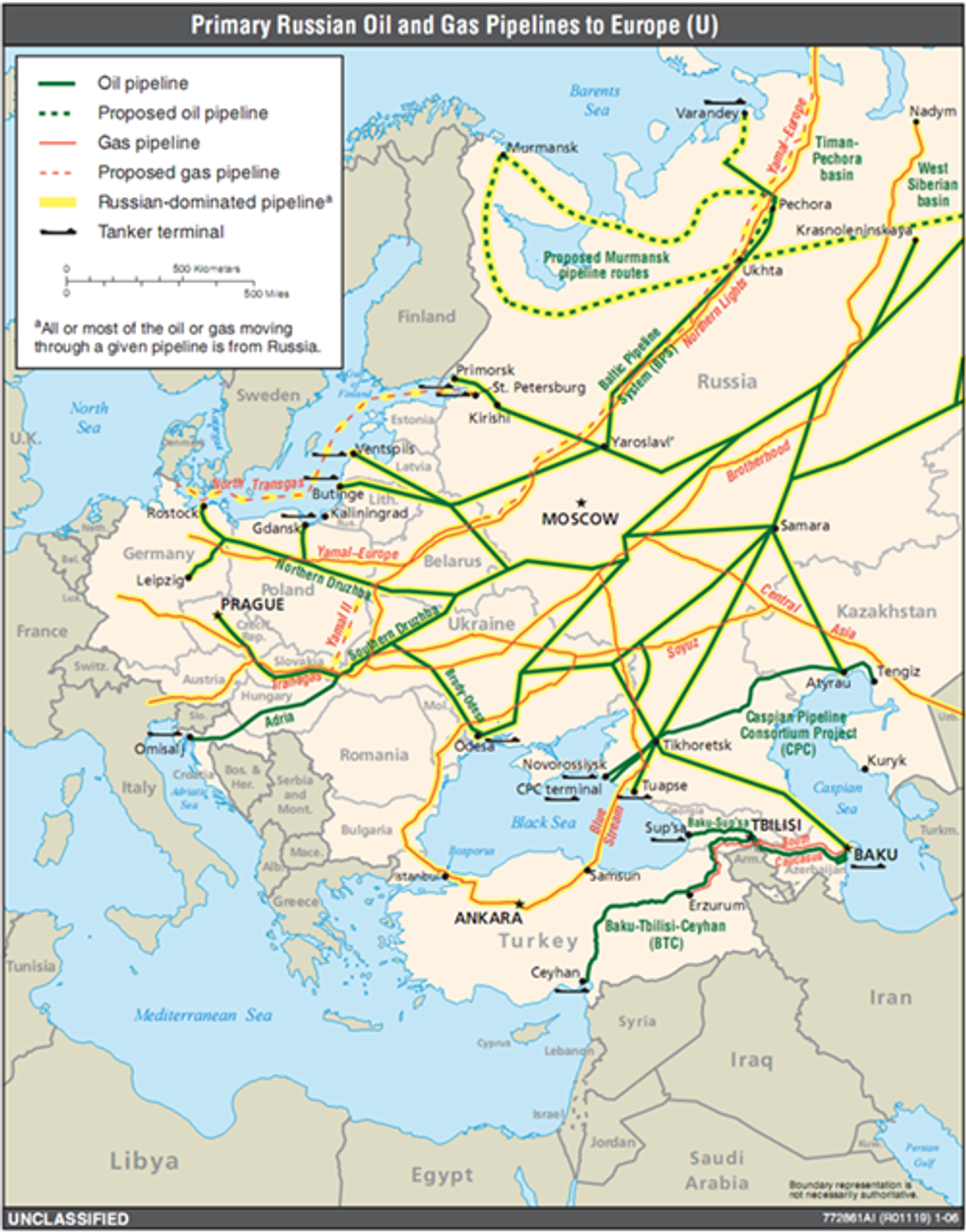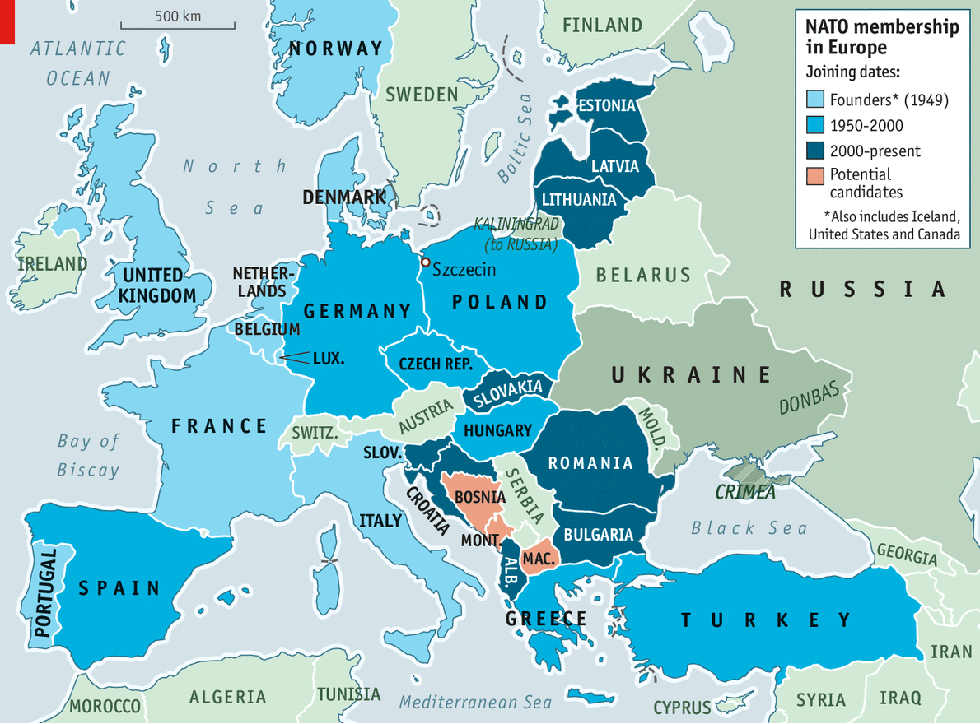President-elect Donald Trump will face a world in transition when he is inaugurated on January 20th. There are issues in every geopolitical theater across the world that the U.S. has strategic interests in. From the hell that is Syria and the battle for Mosul in Iraq, the foundational crises of Europe, to the geopolitical chess game in the East Asian seas, the U.S. faces issues that will affect the world for decades. As the future President, Donald Trump will be at the helm of many of these decisions. Over the next few articles, I will attempt to illuminate these issues and explain their significance. This week, I’ll conclude my series on Europe by talking about Russia.
Recommended for you
Eastern Europe is currently experiencing a military buildup not seen since the Cold War. It is no secret by now that Russia is becoming more aggressive. President Vladimir Putin is a man of great ambition. He served in the KGB of the Soviet Union for over 15 years and paved his own way up the ranks of power in Moscow. He is popular, a leader who led Russia during annual economic growth in the early 2000s and is often seen as standing up for Russia to foreign powers like the U.S. He is also recognized as authoritative. Russia consistently ranks low on the Democracy Index as measured by the Economist Intelligence Unit and the Corruption Perceptions Index by Transparency International. These indices supposedly measure how democratic and corrupt a country is and Russia ranks lower than most other European countries.
Russia has become less democratic under President Putin, but it has developed extensive economic relations based on its resources. Russia has a lot of oil and natural gas- it produced an average of over 10.8 million barrels of oil per day in December 2015 and has produced some 10 million barrels per day since 2012. The U.S. Energy Information Administration also estimates that Russia has almost 50 trillion cubic meters of natural gas, possibly one of the highest reserves in the world. Russia exports much of its resources as well.
Do you see how Russia sells the least to the US? This is the level of petty I aspire to be
Russian oil pipelines throughout Europe
In addition to all this, Russia may have another source of oil from an unexpected place. Melting ice from climate change and technological improvements has made oil exploration in the Arctic a distinct possibility. The U.S. estimates that there may be 90 billion barrels of oil north of the Arctic Circle, all of which is theoretically retrievable. Russia would have unique access to this untapped supply.
These factors, imbued with the aspirations and ambitions of Vladimir Putin, have contributed to Russia’s resurgence on the world stage. In 2014, Russia annexed Crimea from Ukraine, a flagrant violation of international law. It is hard to overstate how significant that act was. Europe has depended on a stability and order of international affairs since World War II and the Cold War. European stability is under threat for several reasons, but Russia’s annexation of Crimea is less a threat than a straight up defiance of it. Russia has also played an active role in the Syrian civil war, being a decisive force, even if it has not used its power in a moral or humanitarian way. It recently negotiated a ceasefire in the civil war with Turkey and Bashar al-Assad’s government to hopefully end the war. Russia certainly has the authority and strength to enforce this ceasefire. Russia also helped negotiate the Iran nuclear deal, which will allow Iran to integrate into the international community. The U.S. national security community is also now collectively arriving to the conclusion that President Putin had a direct role in the spread of fake news stories during the presidential election, with the express intent of helping Donald Trump get elected. Russia has been very active lately, and Vladimir Putin is pursuing his ambitions for himself and his country to a relentless degree.
This has all contributed to the current military buildup by both NATO and Russia in Eastern Europe. Many Eastern European countries, from Poland to Estonia to Ukraine, are wary of Russian aggression and possible expansion. Given the layout of the current landscape, this fear is justified. Russia has built up its military capacity in the Baltic Sea that borders Lithuania, Estonia, Latvia, and Poland. It has also maintained a military presence in Crimea, establishing new military bases and positioning its own troops there. This is effectively a signal to the rest of the world that Russia will not give up Crimea. These developments are alarming to a region that has a complex history with Russia. Many of these countries were once satellite states of the Soviet Union and a newly resurgent Russia could mean a confrontational future.
In exchange, NATO has done likewise in its member states in the region. The U.S. has sent troops and equipment to Poland, while England has sent troops to Estonia, backed by France and Denmark. The Obama administration has also provided hundreds of millions of dollars to Ukraine, much of which was used to buy military equipment such as tanks, arms, and artillery vehicles.
NATO has encircled Russia since the end of the Cold War. Its expansion may explain why Russia feels it needs to take aggressive actions as a counterbalance
The current buildup is reminiscent of the Cold War, but that does not mean that war is necessarily the end result. Continued skirmishes in Crimea and elsewhere may happen, but a full-scale Russian invasion of one of its neighbors seems a bit extra. The NATO commitment to collective security ensures that an attack on one NATO country is considered an attack on all NATO countries. Vladimir Putin is bold, ambitious, and calculating, but not suicidal. It will take far more drastic geopolitical developments, or deterioration, for something bigger to happen. But the buildup by both NATO and Russia ensures that the situation is evolving, and that may be enough to tip the scales.






















